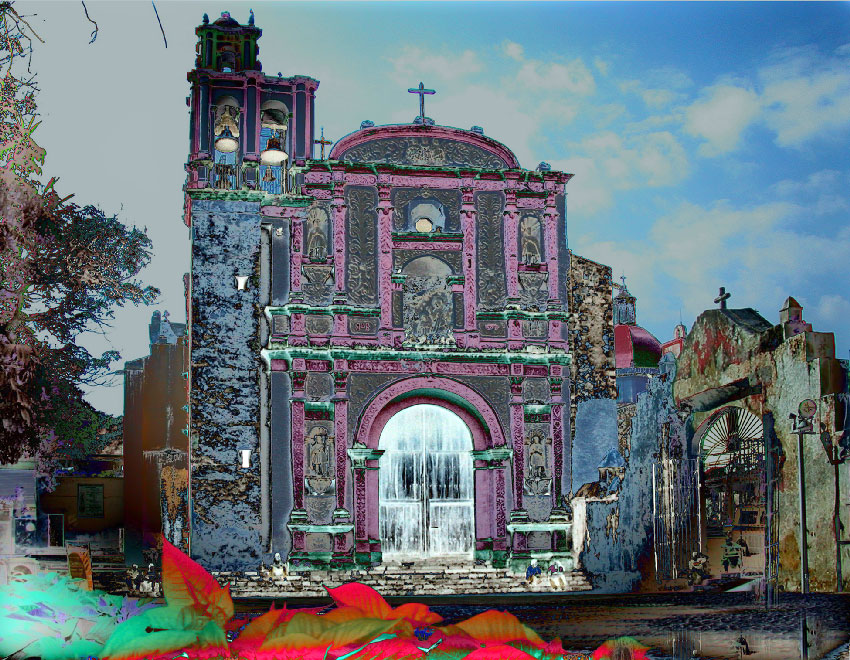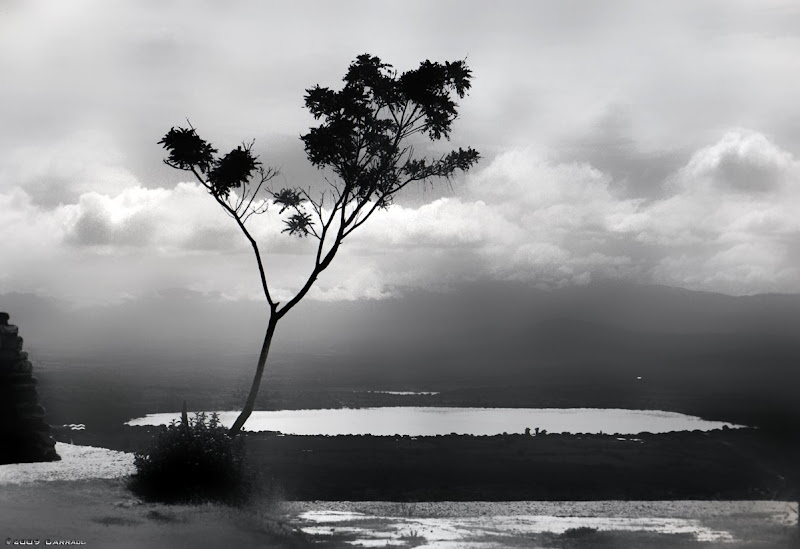 |
The cathedral, began life as a Franciscan friary, founded by Hernán Cortés in 1529. Work started on the fortress-like complex in 1533. The side portal of the church has a fine colonial-Plateresque façade with, above the gable, the symbols of a crown, cross, skull and bones framed by an alfiz. During restoration of the cathedral interior in the 1950s, some early murals were uncovered depicting the departure of 24 Mexican Franciscan friars, embarking at the start of their missionary journey to Japan, and their subsequent martyrdom on the cross in 1597. Among them was Mexico's only saint, San Felipe de Jesús. The Chapel of the Third Order, at the rear of the monastery building, has a very typical Mexican Baroque façade, embellished with a small figure representing Hernán Cortés. Like the chapel's lovely carved wooden altar (1735), the façade shows strong Indian influence. Adjoining the cathedral stands the spacious Open Chapel, its vaulting supported on three arches. Two buttresses reinforce the central columns. Remains of murals showing the lineage of the Franciscan order can be seen in the cloister. Every Sunday a folk mass is celebrated in the cathedral to the accompaniment of mariachi music. If you wish you can see another views of this magnificent building here and here. |
music+image
Thanks for visiting, please be sure that I read each and every one of your kind comments, I appreciate them all and I'll respond when the inexorable time permits.
Thanks for visiting, please be sure that I read each and every one of your kind comments, I appreciate them all and I'll respond when the inexorable time permits.











































